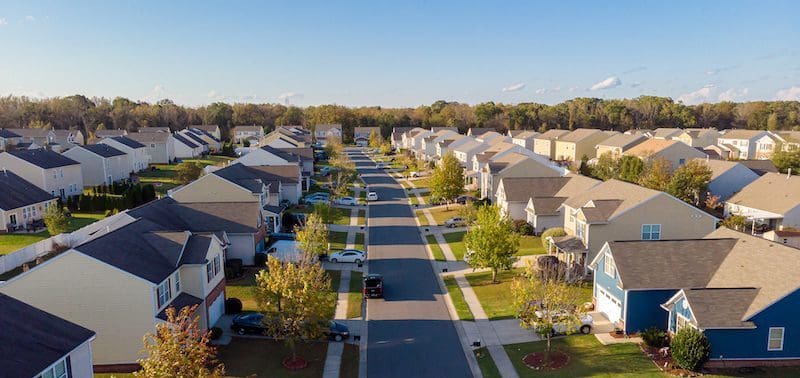New Home Market Update

August saw a slight increase in new home sales, but the housing market is cooler compared to last year. Zonda’s New Home Pending Sales Index (PSI) captured a 3.2% month-over-month increase in contract sales in August. This aligns with the trends seen in mortgage rates for the month; the average mortgage rate in August of 5.22% was at the lowest since April of this year. Looking at the market relative to last year, total contracts are down 25.1% year-over-year, and the average sales rate is off 26.1%. Nationally, sales are down 7.8% compared to August 2019 levels, led by the more notable slowdowns in the West and Mountain West regions.

As we look at September trends, mortgage interest rates have risen to the highest level since 2008, following the highest yield on the 10-year Treasury since 2011. The volatility in the mortgage market combined with negative housing headlines, battered consumer confidence, and higher monthly housing costs suggest that the slower sales environment will likely continue throughout the balance of the year.
“The buyer backdrop in the housing market today is complicated,” said Ali Wolf, Zonda’s chief economist. “We know that some housing demand was pulled forward over the past year driven by pandemic lifestyle changes and the abrupt drop in mortgage rates. Investor activity, second home buyers, and purchases by some higher wealth individuals are good examples. We also know that some buyers were unable to be competitive enough over the past couple of years to secure a home and they remain pent-up demand waiting on the sidelines. This is the group we should focus on.”
Sales are below 2019 levels
The New Home Pending Sales Index, a leading residential real estate indicator based on the number of new home sales contracts signed across the country, came in at 107.9, representing a 25.0% decline from the same month last year. The index is currently 38.1% below cycle highs. On a month-over-month basis, seasonally adjusted new home sales increased 3.2%.
- Like last month, the PSI was up in just one of our select markets year-over-year: Cincinnati. Sales in the market were also up month-over-month.
- The metros that performed the worst year-over-year in terms of the PSI were San Francisco (-61.3%), Phoenix (-60.4%), and Denver (-48.8%).
- Some of the markets that were hit the hardest and the quickest in June and July saw a modest increase in August. On a monthly basis, Sacramento, Seattle, and Riverside/San Bernardino were the best-performing markets. Sacramento increased 33.2% relative to last month.
